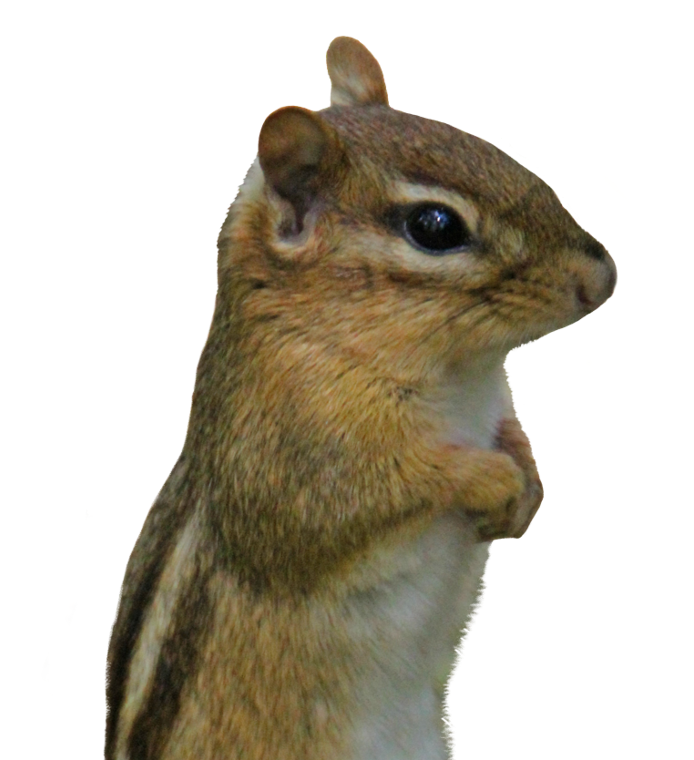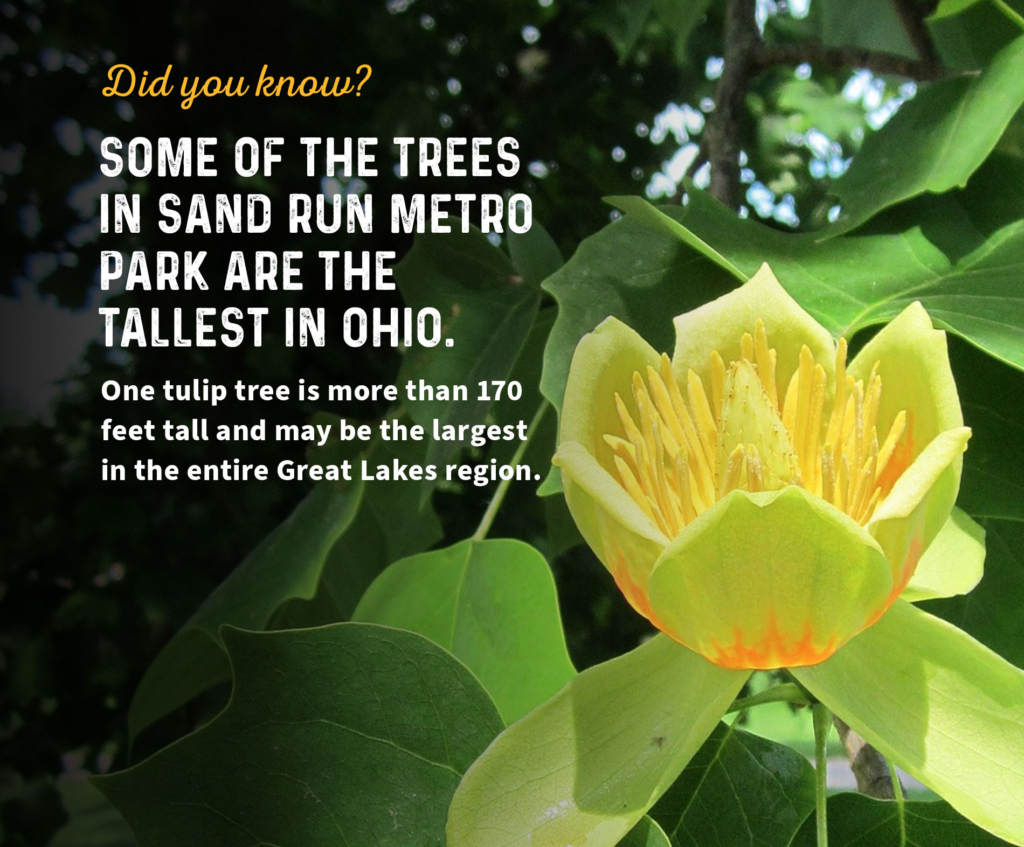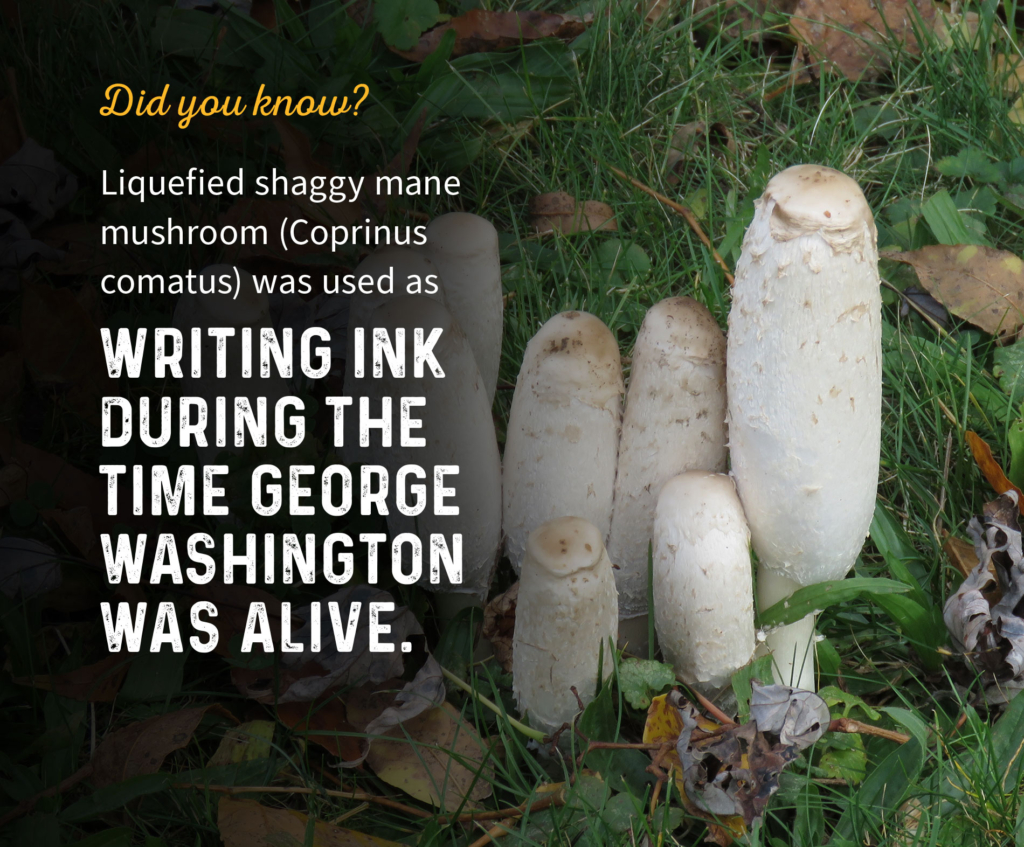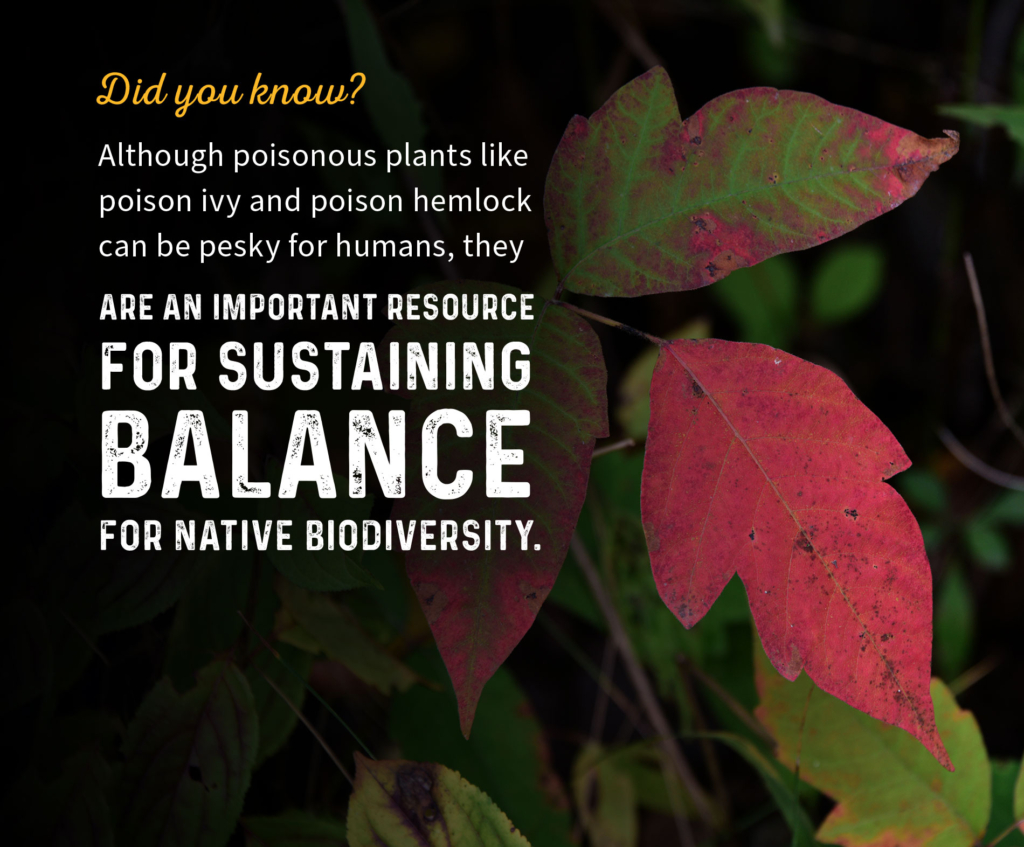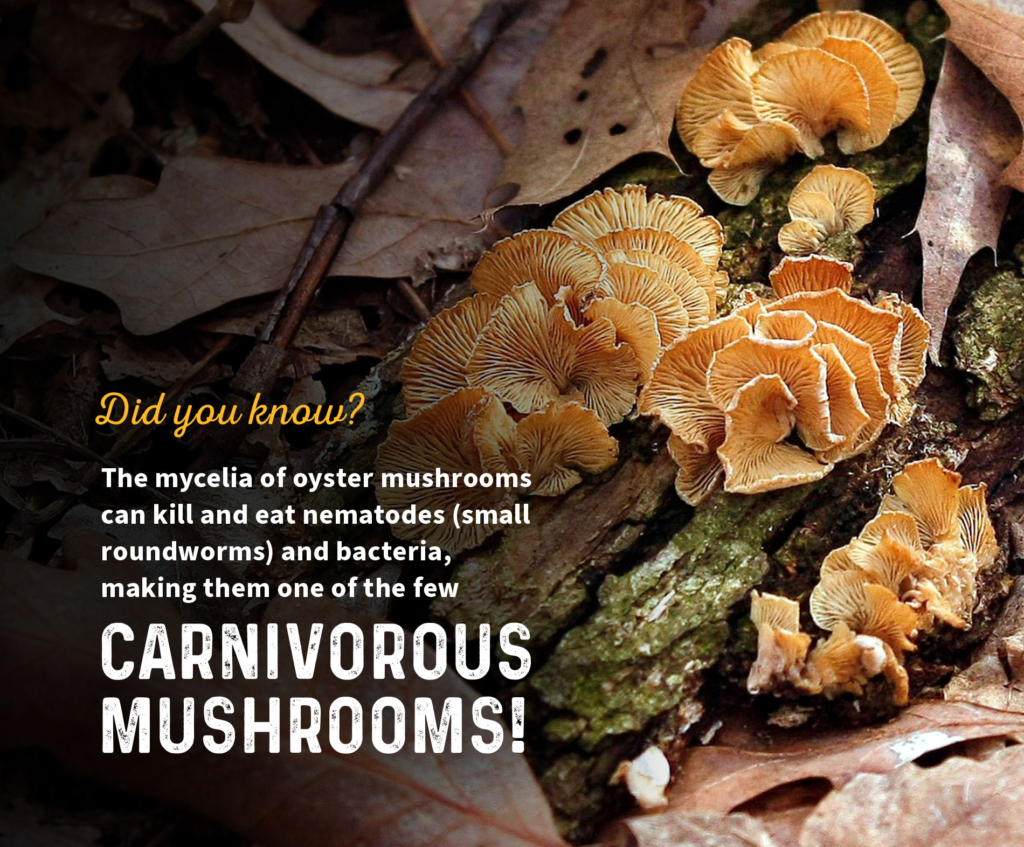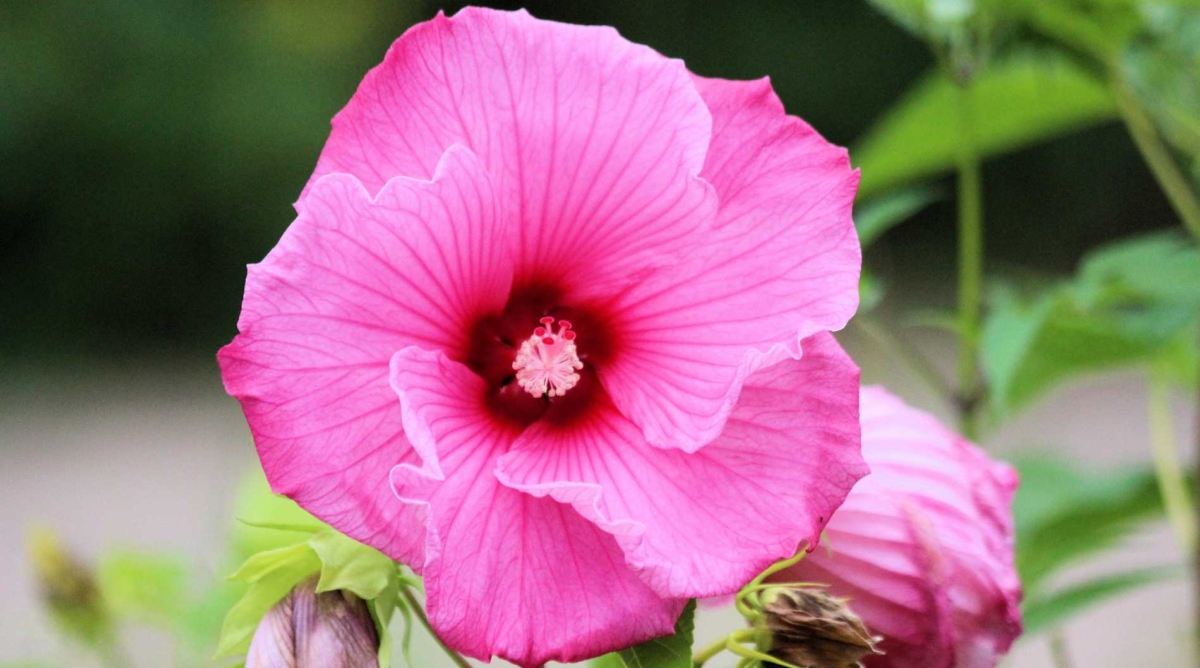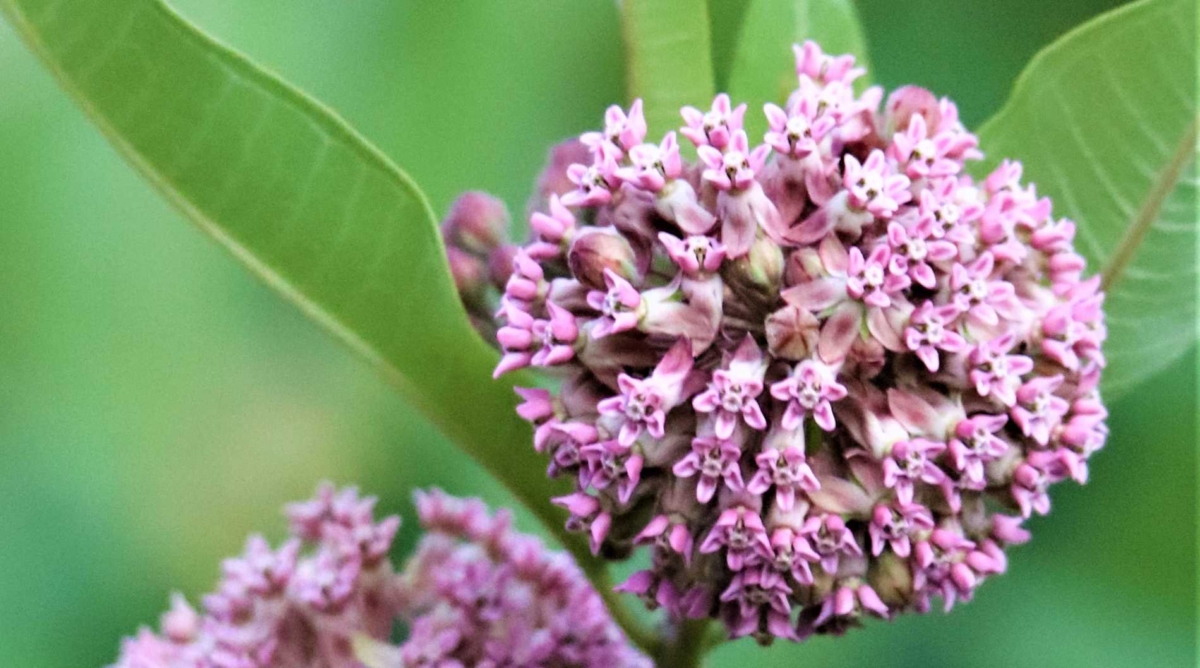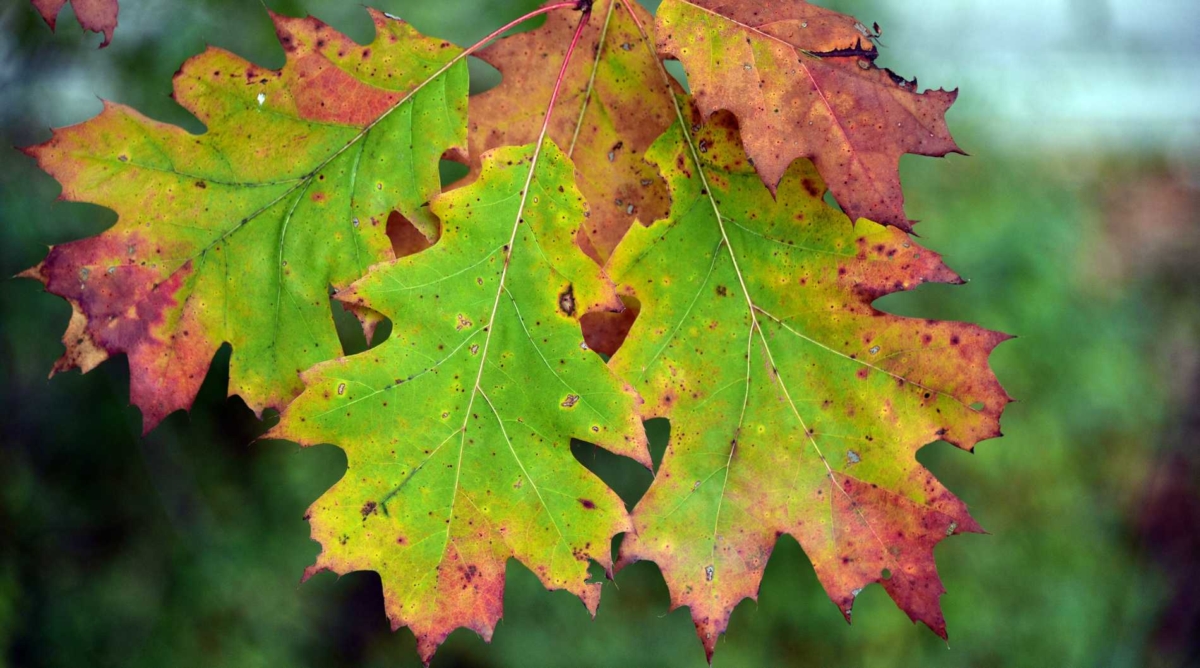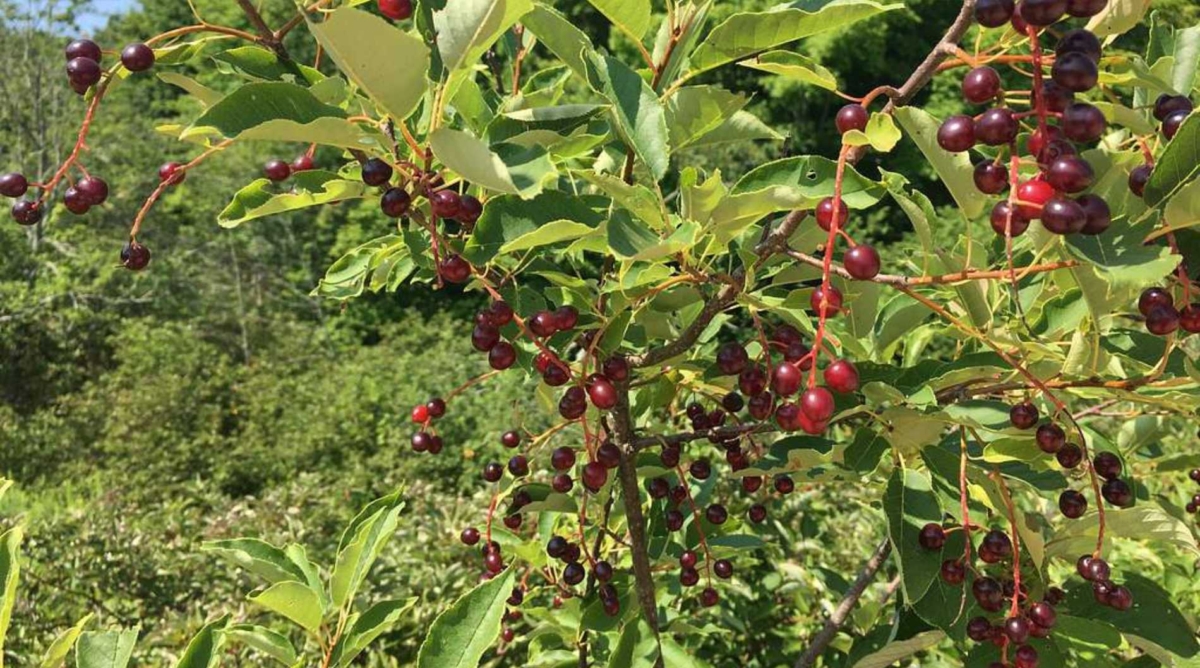Discover
Plants + Fungi in the Parks
stems. roots. gills.
captivating!
For much of the year, any walk through the woods reveals an assortment of fascinating plants and fungi, each playing an important role in the forest ecosystem. Plants native to our area are crucial to the survival of other living species.
Native plants in smp
important and beautiful
Summit Metro Parks staff work hard to conserve and promote native plants throughout Summit County. These plants are the key to a thriving ecosystem – and what’s good for plants and animals is good for people, too! A spectrum of plants and fungi are all around your trail hike. Remember, leave plants and fungi where you see them.
Be on the Lookout!
Which plants will you find?
Summit Metro Parks is full of wild and wonderful plants, trees and fungi that benefit local wildlife. Despite careful management, it’s possible that invasive and non-native species end up in the parks. Consider choosing native plants in your landscape and removing others that may continue to spread, outcompeting beneficial native choices. Look for these native species, among many others:
- Crimson-eyed rose mallow (Hibiscus moscheutos)
- Common milkweed (Asclepias incarnata)
- Red oak (Quercus rubra)
- Chokecherry (Prunus virginiana)

